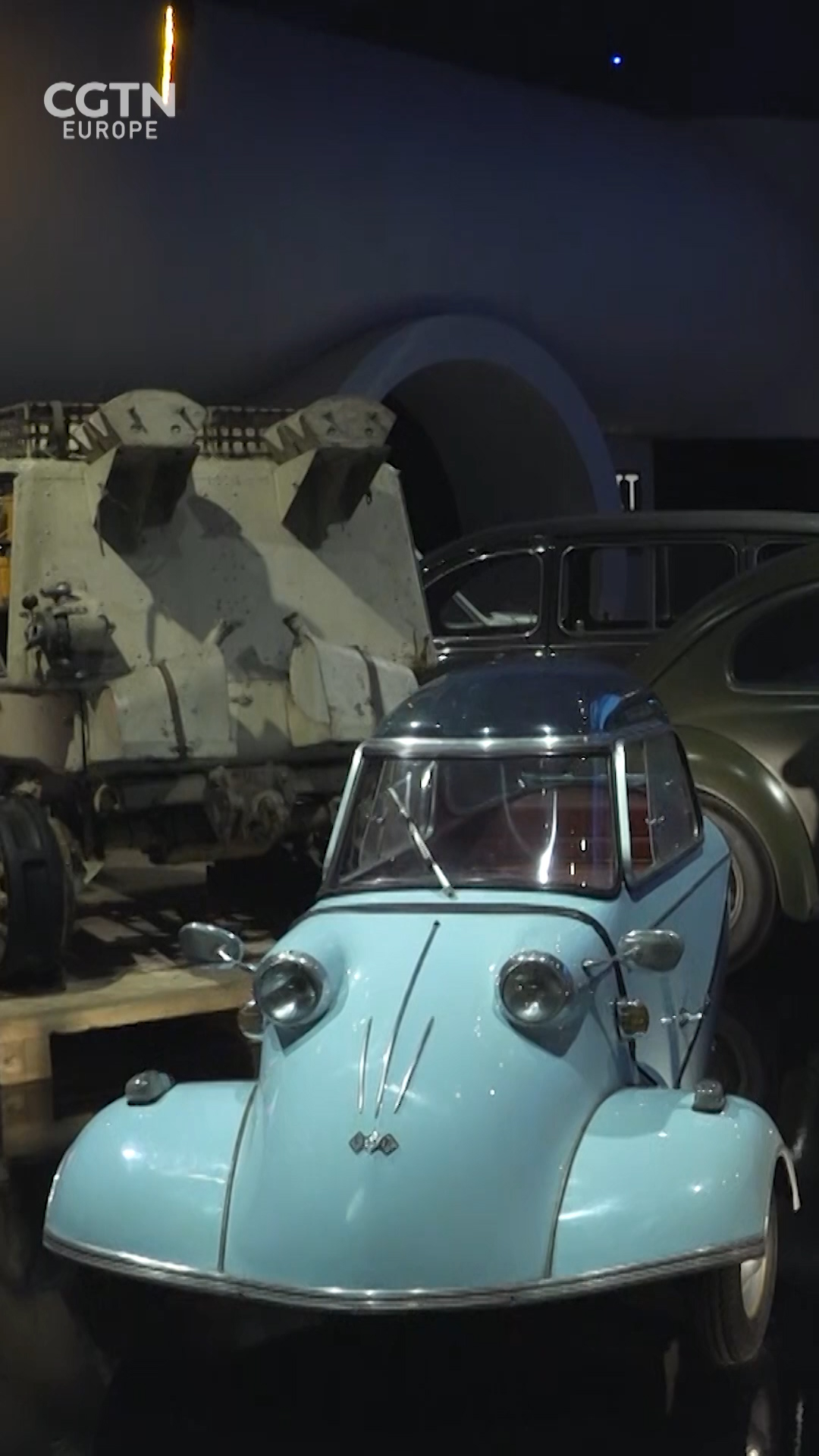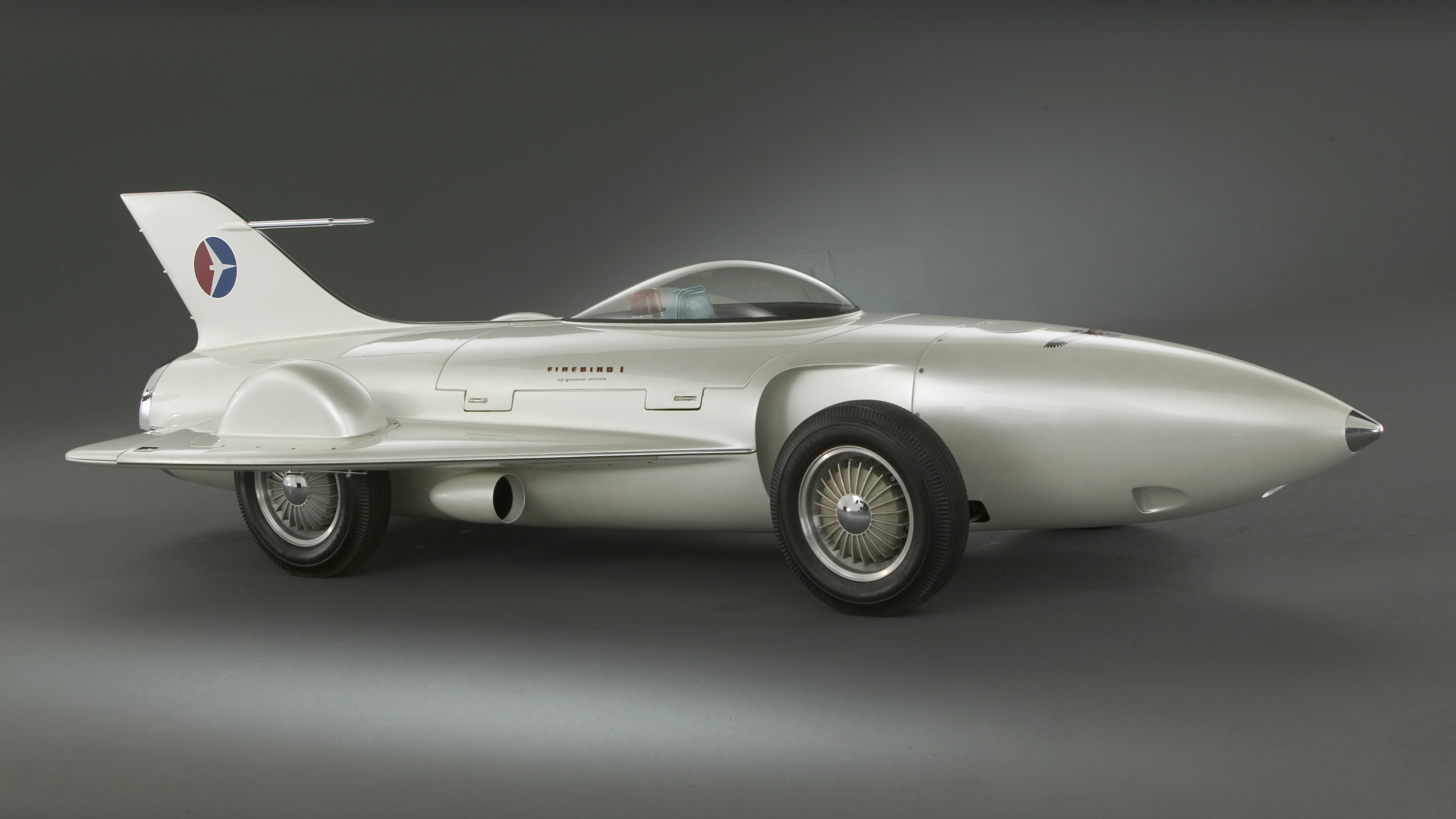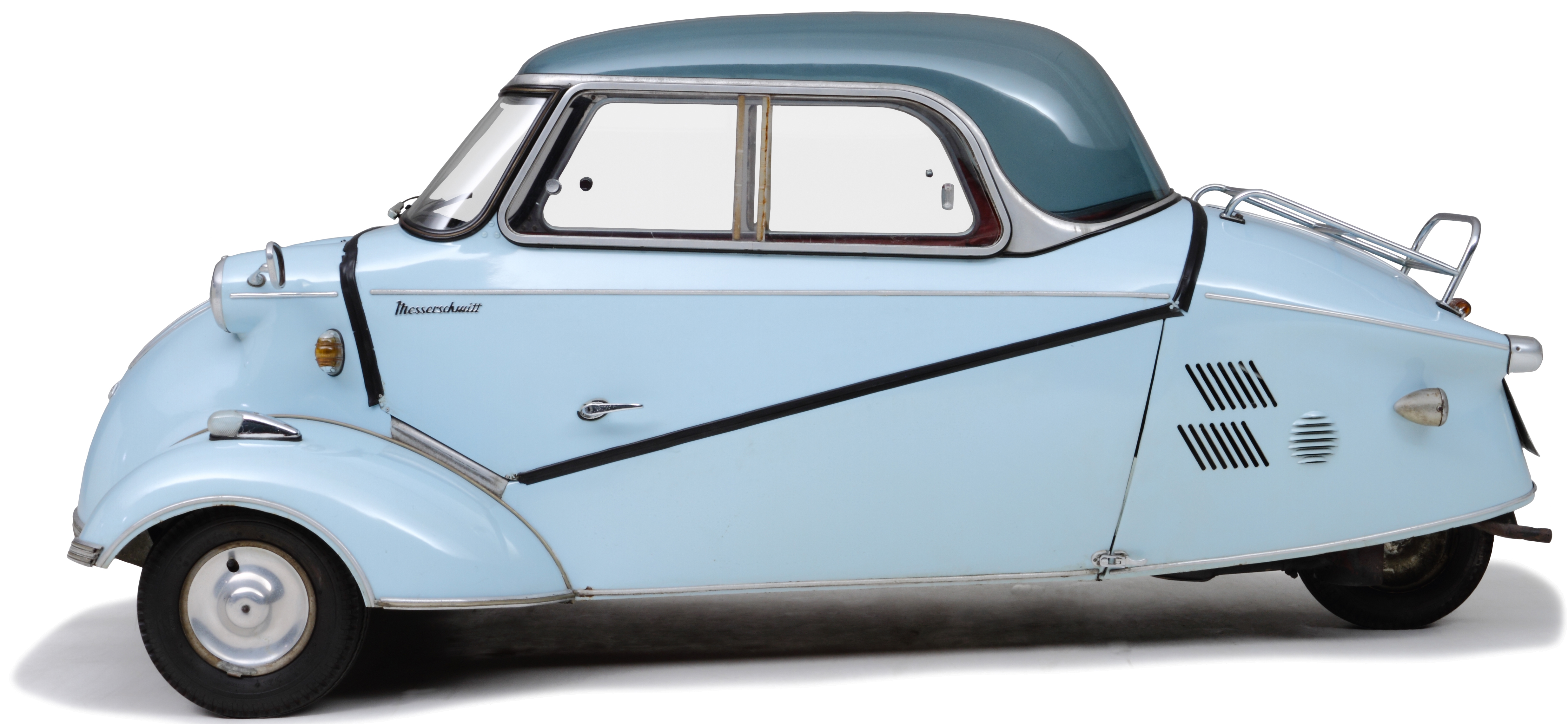02:34

A new retrospective exhibition at The Victoria & Albert Museum in London takes a look under the bonnet of an invention that has transformed the way we live and work – the automobile.
Cars: Accelerating the Modern World, showcases 15 cars and 250 objects, all with quirky back stories. The exhibition looks at the car as a driving force that accelerated the pace of cultural change in the 20th century, examines our relationship with speed, how cars altered the landscape around us, plus how the 1970s oil crisis inspired a new environmental movement.
From the 1953 Firebird concept – the car that wanted to fly, but never took off – to the Benz Patent Motorwagen 3 which started it all, albeit barely managing 16 kilometers per hour and the Ford Model T, the first car for the masses, there is a definite glamour being showcased, with fast cars, motor couture and luxury rides.
Curator Lizzie Bisley picked her highlight as a 1920s Citroen model built for very stylish desert expeditions.
"It is my favorite because it looks like a tank and not what you would expect a car to be … it has the amazing caterpillar wheels designed for any terrain, intricate cane seats and a special compartment for your Louis Vuitton trunks so you can carry everything you need on your expeditions," she said.

A General Motors Firebird I (XP-21) (Credit: V&A Press Office)
A General Motors Firebird I (XP-21) (Credit: V&A Press Office)
Strange, stylish and speedy: The exhibition in pictures
The exhibition not only gives a sense of the impact cars have had on how we get around, but also on how items are made and sold.
Cars revolutionized the world's economy. From factory production lines churning out cars for the masses, to driving the oil business.
Two display screens point out a reality: as the number of cars made his year goes up, the number of barrels of oil left ticks down.
It also turns out the quest to go green isn't a 21st century concern – innovators and car manufacturers have been thinking about alternatives to gasoline for decades.

A recent project by Patricia Piccinini in collaboration with the Transport Accident Commission in Australia called Graham, a man with modifications which make him able to survive a car crash. (Credit: V&A Press Office)
A recent project by Patricia Piccinini in collaboration with the Transport Accident Commission in Australia called Graham, a man with modifications which make him able to survive a car crash. (Credit: V&A Press Office)
Cars such as the Messerschmitt "bubble guy" and even the Ford Nucleo, designed in the late 1950s to be powered by nuclear frisson were attempts to think about powering cars in different ways.
"Throughout Europe in the '40s and '50s, there was a move to small, petrol-efficient cars and that was really prompted by fuel restrictions – people didn't get a lot of petrol, so they designed cars that don't need petrol to run. Which is something we are thinking about today," said Bisley.
There was also a stark message about the dangers of the road, with safety devices such as Volvo's three-point seatbelt on display.

A Messerschmitt, KR200 Cabin Scooter Bubble Top, 1959 which is on loan from the Louwman museum. (Credit: V&A Press Office)
A Messerschmitt, KR200 Cabin Scooter Bubble Top, 1959 which is on loan from the Louwman museum. (Credit: V&A Press Office)
And sinister art installation "Graham" is what a human might look like if we evolved to withstand car crashes. He has no neck to avoid whiplash, a big head with extra fluid to protect the brain and several nipples which would inflate, acting as airbags.
The curators hope people will be surprised by the exhibition and it will make them think about cars in a new way. They believe the car is here to stay, but say it needs to drastically change for our future world.
And with the first UK display of an electric "flying car" prototype by Italdesign, Airbus and Audi, perhaps some of the big ideas for how that future change could happen are already making inroads?